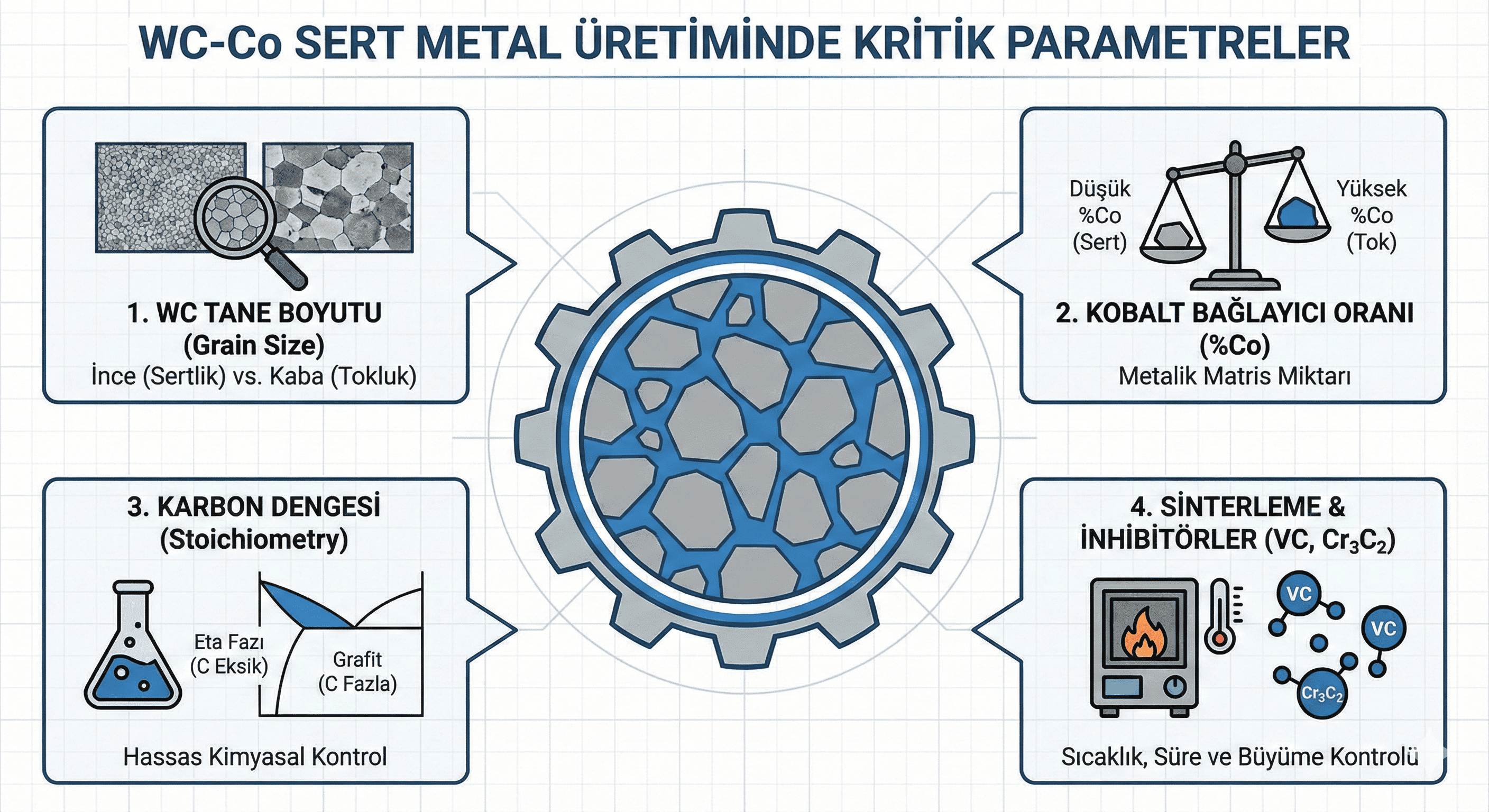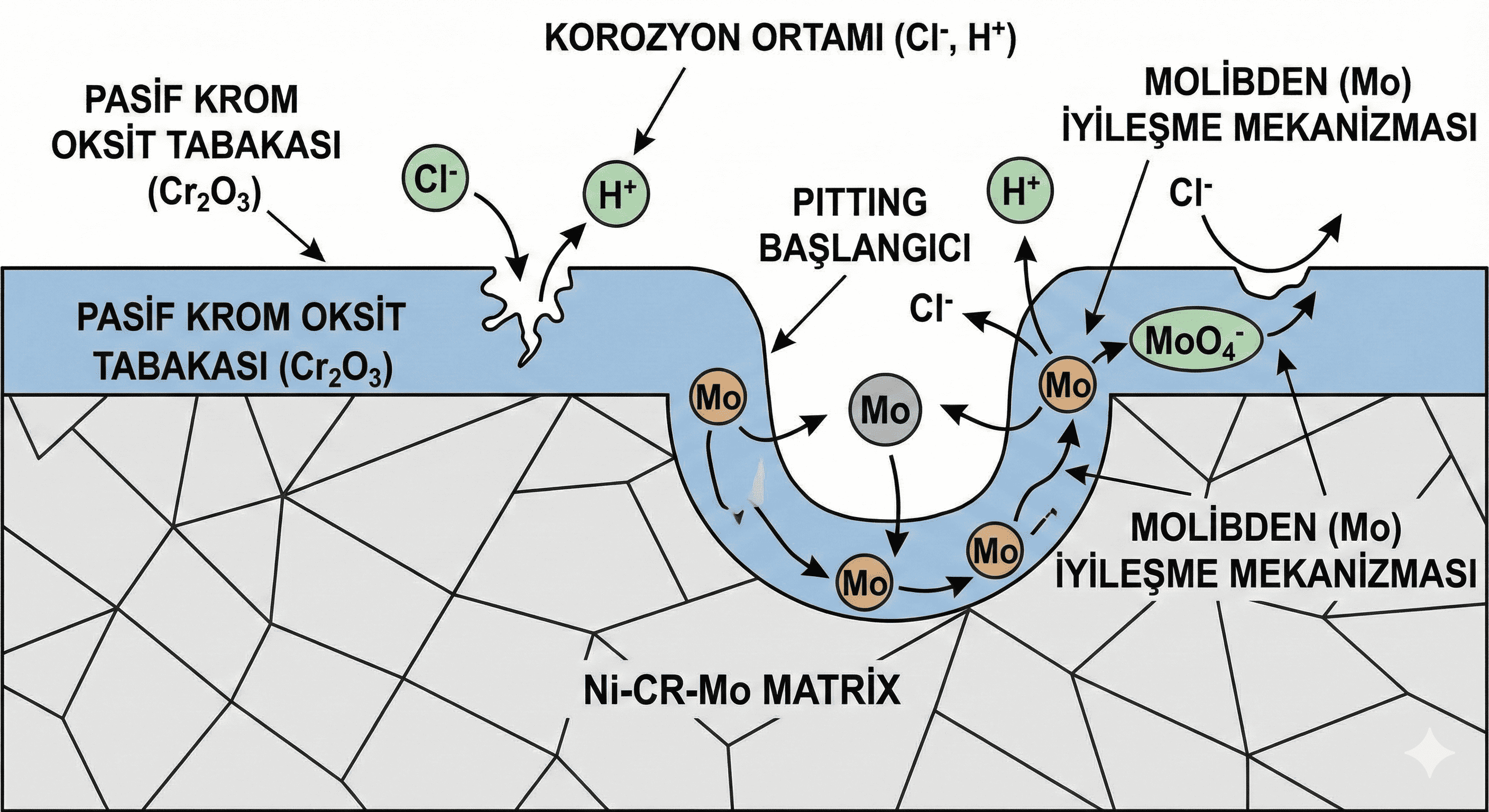Blue indium tin oxide (ITO) nanoparticles are an intriguing subclass of indium tin oxide materials, distinguished by their unique blue color due to specific synthesis conditions and compositional adjustments. This article provides a comprehensive review of the synthesis methods, physical and chemical properties, and diverse applications of blue ITO nanoparticles. Challenges related to their production and use are discussed, along with future research directions.
1. Introduction
1.1. Overview of Indium Tin Oxide (ITO) Nanoparticles
- Definition and characteristics of indium tin oxide nanoparticles.
- Distinction of blue ITO from traditional transparent and other colored ITO nanoparticles.
1.2. Significance in Nanotechnology
- Unique properties of blue ITO nanoparticles compared to conventional ITO.
- Overview of potential applications driven by their optical and electronic properties.
1.3. Objectives of the Article
- To explore the synthesis methods, properties, and applications of blue ITO nanoparticles.
- To identify challenges and propose future research directions.
2. Synthesis of Blue Indium Tin Oxide Nanoparticles
2.1. Chemical Vapor Deposition (CVD)
- Description of the CVD method for synthesizing blue ITO nanoparticles.
- Key parameters: temperature, pressure, and gas composition.
2.2. Sol-Gel Method
- Overview of the sol-gel process for preparing blue ITO nanoparticles.
- Steps involved: sol formation, gelation, drying, and heat treatment.
2.3. Hydrothermal and Solvothermal Methods
- Explanation of hydrothermal and solvothermal techniques.
- Influence of pressure, temperature, and precursors on nanoparticle color and properties.
2.4. Co-precipitation Method
- Use of co-precipitation to achieve blue ITO nanoparticles.
- Parameters affecting the process, such as concentration and temperature.
2.5. Other Methods
- Brief discussion of alternative synthesis methods such as microwave-assisted synthesis and chemical reduction.
3. Properties of Blue Indium Tin Oxide Nanoparticles
3.1. Structural Properties
- Crystallinity, size, and morphology of blue ITO nanoparticles.
- Characterization techniques: X-ray diffraction (XRD), scanning electron microscopy (SEM), and transmission electron microscopy (TEM).
3.2. Optical Properties
- Colorimetric properties, including the origin of the blue hue.
- Optical absorption, photoluminescence, and emission characteristics.
- Comparison with transparent and other colored ITO nanoparticles.
3.3. Electronic Properties
- Electrical conductivity and semiconducting behavior.
- Comparison with traditional ITO and implications for electronic applications.
3.4. Catalytic Properties
- Catalytic activity of blue ITO nanoparticles in various reactions.
- Use in environmental catalysis and industrial processes.
4. Applications of Blue Indium Tin Oxide Nanoparticles
4.1. Optoelectronics
- Application in colored display technologies and sensors.
- Use in optical coatings and color-specific devices.
4.2. Biomedical Applications
- Potential use in imaging, drug delivery systems, and biosensing.
- Evaluation of biocompatibility and safety.
4.3. Energy and Environmental Applications
- Role in energy storage systems, including batteries and supercapacitors.
- Use in environmental remediation and as catalysts for pollutant degradation.
4.4. Decoration and Coatings
- Use in decorative coatings and pigments for aesthetic applications.
- Application in specialty coatings and materials with color-specific properties.
5. Challenges and Limitations
5.1. Synthesis Challenges
- Difficulties in achieving uniform color and size.
- Scalability and reproducibility of synthesis methods.
5.2. Stability and Reactivity
- Stability of blue ITO nanoparticles under various environmental conditions.
- Methods for enhancing stability and controlling surface reactivity.
5.3. Cost and Environmental Impact
- Economic considerations of production and use.
- Environmental impact and strategies for minimizing ecological footprint.
5.4. Regulatory and Safety Concerns
- Compliance with regulations governing the use of nanomaterials.
- Safety protocols for handling and disposal of nanoparticles.
6. Future Directions
6.1. Advancements in Synthesis Techniques
- Innovations to improve control over particle color, size, and properties.
- Exploration of new synthesis methods and materials.
6.2. Emerging Applications
- Novel uses in technology, medicine, and aesthetic applications.
- Potential for interdisciplinary research and development.
6.3. Interdisciplinary Collaboration
- Importance of collaboration between chemists, materials scientists, and engineers.
- Examples of successful interdisciplinary projects and research.
7. Conclusion
7.1. Summary of Key Findings
- Recap of synthesis methods, properties, and applications of blue ITO nanoparticles.
7.2. Impact on Technology and Science
- Overall significance of blue ITO nanoparticles in advancing various fields.
7.3. Final Thoughts
- Reflection on the future potential and ongoing research in blue ITO nanoparticles.
8. References
- Comprehensive list of scientific papers, reviews, and sources cited in the article.
This article framework provides a detailed understanding of blue indium tin oxide nanoparticles. If you have specific data, case studies, or additional sections in mind, please let me know!





